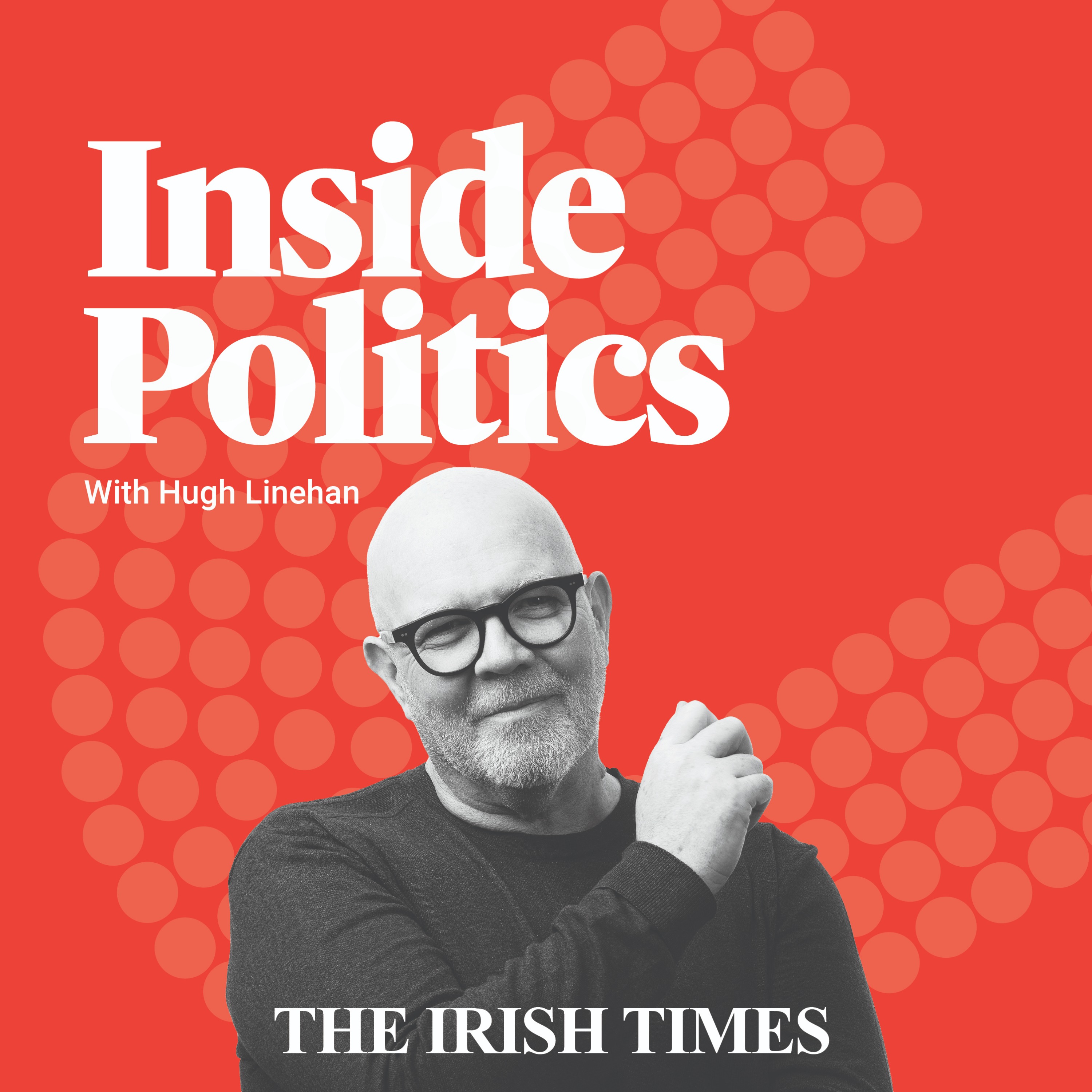Micheál Martin is finally the real Taoiseach. His epic political journey since 2011 is a Fianna Fáil version of Mao’s long march. He has arrived not just at the office of taoiseach once again, but has stepped into real power for the first time. This is palpably different from 2020 when he was overshadowed by Leo Varadkar, stalked by colleagues determined to take him out, and leading a government which was responding well to Covid, but taking actions largely dictated by it.
Now he has power, or as much of it as a modern taoiseach can. For the first time since 2011, Fianna Fáil looks in better shape than Fine Gael and its front bench is more impressive. It is all relative of course. The reality is that both parties are clinging together on political turf which has been undermined by erosion.
With 10 more Dáil seats than Fine Gael, but only one more Cabinet seat, Martin nonetheless commands more heft across the system. Fine Gael saved numbers at the Cabinet table but paid the price in terms of departments.
Martin has been the main architect of two successive governments. It has been a masterly reaction to the reality of longer-term political retreat. He has created a parallel universe in Government for parties with declining popular support. His seat gains at the last election were partly gifted by Fine Gael’s unerring capacity to run poor campaigns.
The general election campaign was a raucous wake for an era that was already over
Ireland is not anti-Semitic but it’s not a good time to be Jewish in this country
Micheál Martin has real power at last. The big question is what he’ll do with it
A good foreign policy is one that no one notices. Unfortunately that’s not Simon Harris’s style
It masks the fact that both parties built on bad results in 2020 with a marginally smaller vote share again, and Sinn Féin failed decisively to be an alternative government.
If Covid constricted his first term as taoiseach, it was also the context that allowed him to survive, and then craft a Government within a parliamentary party where significant elements wanted him gone. He has perfected the art of the narrow escape.
Evading responsibility for failing to deliver on the 40,000 new houses promised in the election campaign is the latest example of this. If the fact had emerged earlier that one-quarter of that boast was fiction, the terms and conditions for this Government – and Martin’s occupancy of the taoiseach’s office – would be less sweet.
The biggest challenges that face taoisigh are the unexpected ones. But of those within his control, housing, infrastructure and the capacity of the State to deliver are the key challenges.
In practical terms, the most significant challenge is about whether he has the mettle to do as well as to be. This will determine whether the political centre, in its now decidedly leftward political location, can hold.
The current Government represents both a considerable tactical achievement and a big strategic risk. In coalescing twice with Fine Gael, Martin has bet the house politically on being able to build enough actual houses before the next election.
Two terms in coalition, following a term of confidence and supply, mean that by 2029, this Government is a 13-year-old construct. Fianna Fáil and Fine Gael are now effectively separate factions in the same political conglomerate. Martin has already answered in substantial part the question of what he is for.
He has reshaped politics after the economic crash by improbably recreating the widest possible base of politics committed to some or another version of the status quo. Bringing in the Healy-Raes and the Regional Independents recreates a world reminiscent of Fianna Fáil before the late Jackie Healy-Rae left the party in 1997.
The problem is that the status quo is not delivering for the young, and the unhoused. The intergenerational divide between those with property and those without is widening. This is underlined by cultural change about who, and what, is believed in our society.
In this new world, led by a Government entirely camped on one side of the divide, change when it comes will not be like the pillow fights of former elections between Fianna Fáil and Fine Gael. It will potentially be a far more fundamental change.
It is too soon to say whether Martin has succeeded in uniting the Opposition as effectively as he has the Government’s supporters in the Dáil, but there are signs he might. In a series of reactive, tactical manoeuvres he has reshaped politics over three elections since 2016. He has created the circumstances where, when the next change comes, it may be more decisive than the 2011 election. Despite what was claimed for it, this was not a democratic revolution of any kind.
Power, to be effective, must be harnessed to ideas and supported by delivery. On housing, the Taoiseach’s first idea of tax breaks for developers had not been socialised around the Government, ran into opposition from Fine Gael and undermined his own Minister. It’s not just the issue of failing to deliver 40,000 houses last year; there is no sign yet of a plan to move the dial decisively. It was a flimsy start on a key issue for the Government and society.

















